Not everyone is fortunate enough to live in a home where the architect’s unique vision and style are seamlessly integrated into features like staircases. In some cases, stairs are celebrated for their stunning design, becoming a focal point of the space that prioritizes form over function. These staircases do more than just connect different levels; they are a testament to design artistry, reflecting the taste and style of the homeowner.
However, for many who reside in more “mainstream” architectural settings, stairs are often viewed as purely functional elements. Their primary purpose is simply to facilitate movement between floors, often without much thought given to their design. This common perception can lead to an underappreciation of the aesthetic potential that staircases hold, overshadowing their role as key components in interior design.
By reimagining staircase design, we can transform them into standout features within our homes. Whether opting for an elegant spiral staircase or a creatively open design, custom wooden stairs can seamlessly integrate into the overall interior style, becoming a significant aspect of enhancing the space’s beauty. Every tread, railing, and decorative detail can be meticulously crafted to showcase personalized style and unique charm.
Thus, stairs should not just be functional pathways; they are vital elements that connect different areas of a home. By giving thoughtful consideration to staircase design, we can elevate the comfort of our living spaces while adding visual appeal and artistic value to our interiors.
Enhancing Staircases: Exploring Flooring Options
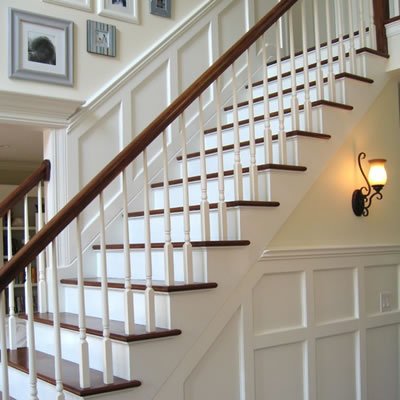
When it comes to flooring, the choices available today are more diverse than ever before. This variety opens up exciting possibilities for enhancing the aesthetic appeal and functionality of your home, particularly when it comes to your staircase.
If you have wooden stairs, why not consider adding stair treads? This option not only adds a touch of personality and color but also provides a practical solution for improving safety by reducing the risk of slipping. Stair treads can be customized in various materials and designs, allowing you to harmonize them with your overall decor while bringing vibrancy and warmth to your space.
For those seeking a more luxurious ambiance, plush carpeting can be an excellent choice for staircases. A well-chosen carpet can instantly transform the feel of your home, making the space more inviting and comfortable. However, it’s crucial to select a carpet that is not only visually appealing but also durable enough to withstand high foot traffic. Look for materials that are both stain-resistant and easy to maintain, ensuring that your staircase remains beautiful and functional for years to come.
Flooring Options for Your Staircase
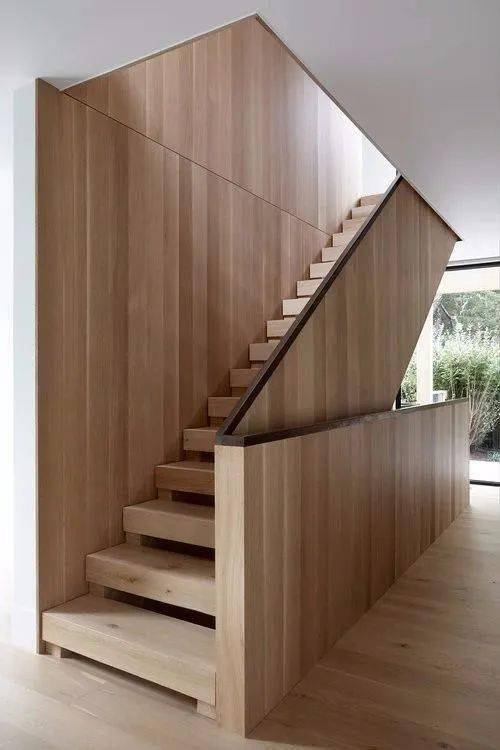
Here are some key options to consider when enhancing your staircase flooring:
- Stair Treads
- Material Choices: Wood, rubber, or vinyl
- Design Options: Solid colors, patterns, or textures
- Benefits: Enhanced safety, style, and ease of installation
- Plush Carpeting
- Material Choices: Nylon, polyester, or wool
- Styles: Berber, cut pile, or frieze
- Benefits: Comfort, warmth, and sound absorption
- Hardwood Flooring
- Finish Options: Matte, satin, or glossy
- Customization: Staining to match existing decor
- Benefits: Timeless elegance and durability
- Luxury Vinyl Plank (LVP)
- Appearance: Mimics the look of wood or stone
- Water Resistance: Ideal for high-traffic areas
- Benefits: Easy maintenance and affordability
Incorporating the right flooring elements on your stairs not only enhances the overall design but also elevates the comfort and safety of your living environment. By thoughtfully considering your flooring options, you can create a staircase that is both a practical pathway and a stunning focal point in your home.
Elevating Staircase Design with Unique Finishes
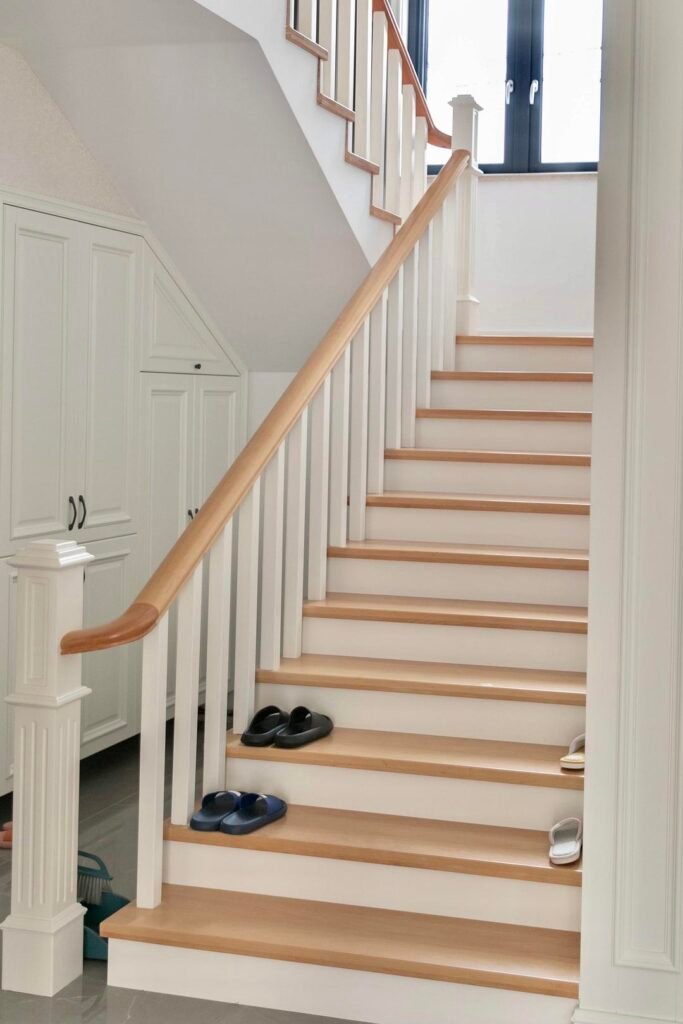
For those seeking a truly distinctive look for their staircase, decorative tiles can be an exceptional choice. With a myriad of types and styles available, tiles offer a unique opportunity to infuse personality and showcase your individuality in a way that complements your overall home decor. Whether you opt for vibrant patterns, classic motifs, or contemporary designs, decorative tiles can transform your staircase into a captivating visual element that reflects your personal taste.
Creative Wallpaper Ideas
When considering wall coverings for your stairwell, it’s essential to select durable wallpaper materials that can withstand the test of time. While wallpaper can bring warmth and character to your space, it may not always be the best choice for high-traffic areas like hallways and staircases due to the risk of damage.
Factors to Consider for Wallpaper Selection:
- Durability:
- Opt for vinyl or washable wallpapers that can endure wear and tear.
- Look for options with protective coatings to resist scuffs and stains.
- Pattern and Color:
- Choose patterns that can hide imperfections and dirt, making maintenance easier.
- Consider color schemes that harmonize with your existing decor while adding visual interest.
- Application and Removal:
- Select peel-and-stick wallpapers for easier installation and removal.
- Ensure that the wallpaper is designed for high-traffic areas to minimize the need for frequent repairs.
While painted walls can be easily wiped down and touched up, the repetitive task of painting every few months can be cumbersome. By choosing the right wallpaper or decorative tiles, you can create a stylish and enduring staircase design without the constant upkeep associated with traditional paint.
In summary, whether you decide on decorative tiles for a striking visual impact or durable wallpaper for added warmth and texture, these choices can significantly enhance the appeal and functionality of your staircase, creating a welcoming atmosphere in your home.
The Durability and Versatility of Wood Paneling
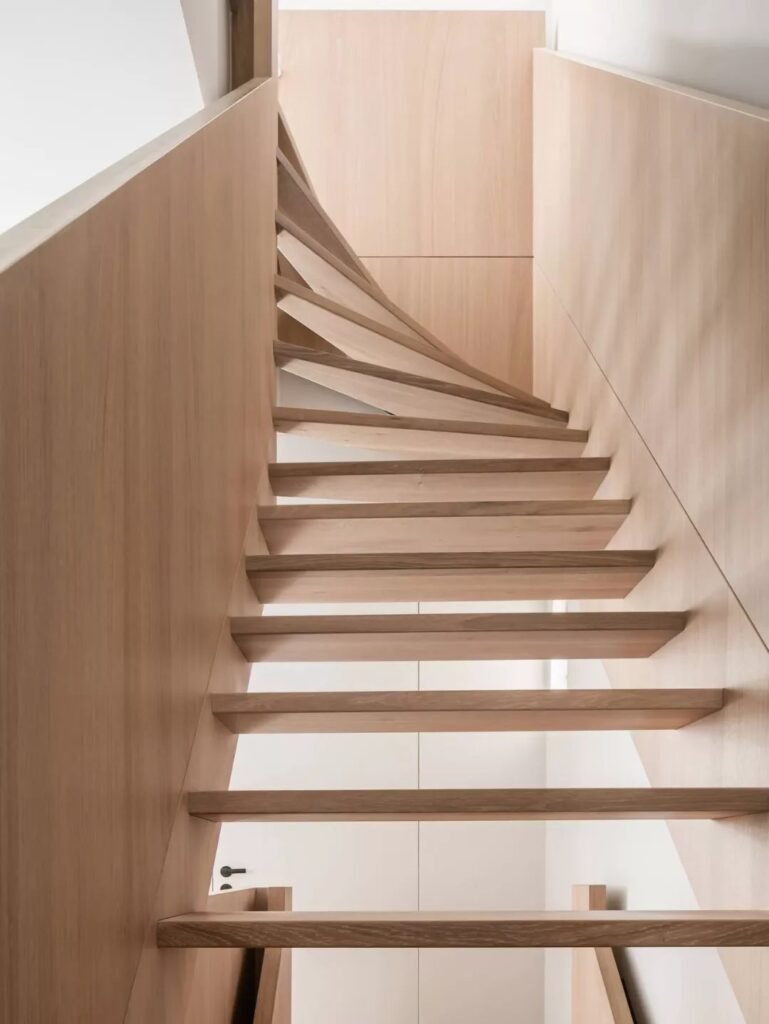
One of the lesser-known advantages of wood paneling is its remarkable tolerance as a wall material. Not only is it designed to withstand impacts and wear, but its natural aesthetic also allows it to age gracefully over time. This makes wood paneling an excellent choice for high-traffic areas and bustling environments.
Key Benefits of Wood Paneling:
- Resilience:
- Wood paneling can absorb shocks and resist dents, making it an ideal option for family homes or commercial spaces that experience heavy use.
- Its robust nature ensures that it can endure everyday wear and tear, maintaining its appearance for years.
- Aesthetic Appeal:
- Rustic finishes and textured surfaces can mask minor scratches and imperfections, allowing the wood to develop a charming patina that enhances its character.
- This aging process adds depth and warmth to any space, creating a welcoming ambiance.
- Versatile Design Options:
- Available in a variety of species, grains, and finishes, wood paneling can be customized to suit any design aesthetic, from modern minimalism to classic rustic styles.
- It can be easily integrated into existing decor, complementing other materials and colors in your space.
- Sustainability:
- Choosing responsibly sourced wood paneling contributes to sustainable building practices, as wood is a renewable resource when harvested responsibly.
- Many manufacturers offer eco-friendly finishes, ensuring that your design choice aligns with environmentally conscious principles.
In conclusion, wood paneling stands out as a practical and stylish choice for any interior. Its ability to resist damage while providing a unique and timeless aesthetic makes it an excellent investment for both residential and commercial applications. By opting for wood paneling, you not only enhance the beauty of your space but also enjoy a durable and long-lasting solution that meets the demands of modern living.
Ensuring Continuity in Interior Design
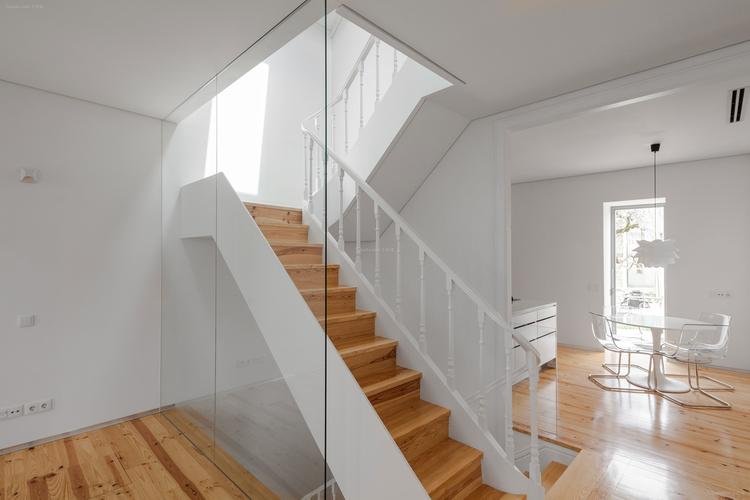
When it comes to interior design, maintaining a sense of continuity is crucial, especially in spaces where different areas converge, such as staircases and corridors. If your staircase opens directly into a hallway, it’s essential to create a cohesive look that flows seamlessly from one area to the next.
Key Considerations for Design Continuity:
- Consistent Materials:
- Use similar wall and flooring treatments to create a unified aesthetic. This could mean matching the color of the stair treads with the hallway flooring or employing complementary wall finishes that harmonize with the staircase design.
- Consider using wood paneling or decorative moldings that can extend from the staircase into the corridor, enhancing the feeling of unity.
- Contrast for Visual Interest:
- If your staircase leads to a different part of the home, using contrasting colors or patterns can create a striking visual effect. This approach can draw attention to the staircase as a focal point, guiding the eye and encouraging movement through the space.
- Bold patterns or vibrant colors on the stair risers or wall adjacent to the stairs can add personality while still allowing the overall design to remain cohesive.
- Strategic Lighting:
- Lighting plays a pivotal role in highlighting both the staircase and surrounding areas. Incorporating clever lighting solutions, such as wall sconces or recessed lighting, can emphasize architectural features and create an inviting atmosphere.
- Use fixtures that complement the overall design theme—modern, traditional, or eclectic—to enhance the sense of continuity throughout the space.
- Art and Decor:
- Incorporate art or decorative elements that tie together different areas of your home. For example, hanging artwork or photographs that reflect the color palette or style of both the staircase and corridor can further unify the design.
- Consider adding decorative elements, such as plants or sculptures, in both areas to create a visual connection.
By thoughtfully considering these aspects, you can ensure that your staircase not only serves as a functional transition between spaces but also enhances the overall aesthetic of your home. A well-designed staircase that emphasizes continuity will elevate your interior, making it more inviting and visually appealing.
Make a Lasting Impression with Your Staircase Design
Whether you aim to make a grand statement or simply wish to add a touch of personality to your home, the design of your staircase plays a pivotal role in creating a memorable first impression. A well-designed staircase not only enhances the aesthetic appeal of your space but also reflects your unique style and sets the tone for the entire interior.
When considering your staircase, think about the materials, colors, and finishes that will best represent your vision. From sleek modern designs to rustic charm, the possibilities are endless. Pay attention to details such as handrails, balusters, and decorative elements that can elevate the overall look.
Moreover, lighting can dramatically transform your staircase. Thoughtfully placed fixtures can create an inviting ambiance, highlighting architectural features and guiding the eye seamlessly from one level to the next.
At Woodifys, we understand the importance of creating spaces that resonate with your lifestyle and preferences. Our expert team is dedicated to crafting bespoke wooden solutions that not only meet your functional needs but also reflect your personal taste. With our commitment to quality craftsmanship and innovative design, we can help you transform your staircase into a stunning focal point that enhances the beauty and character of your home.
Investing in a well-designed staircase with Woodifys is more than just a design choice; it’s about creating a lasting impression that welcomes you and your guests every time you enter your home. Let us help you turn your vision into reality and create a staircase that truly embodies your style.
